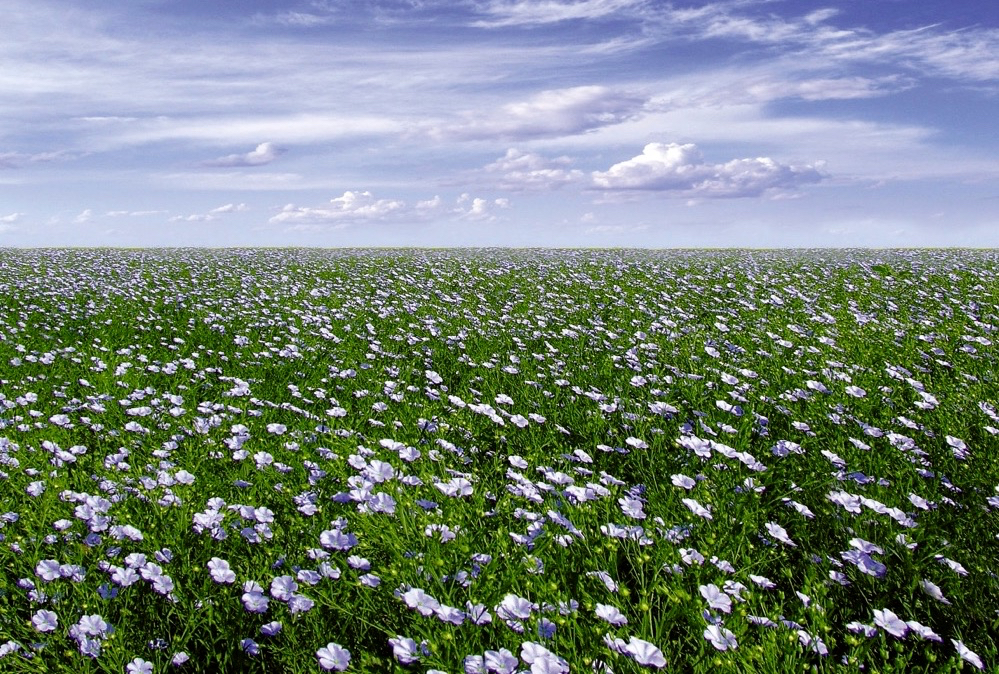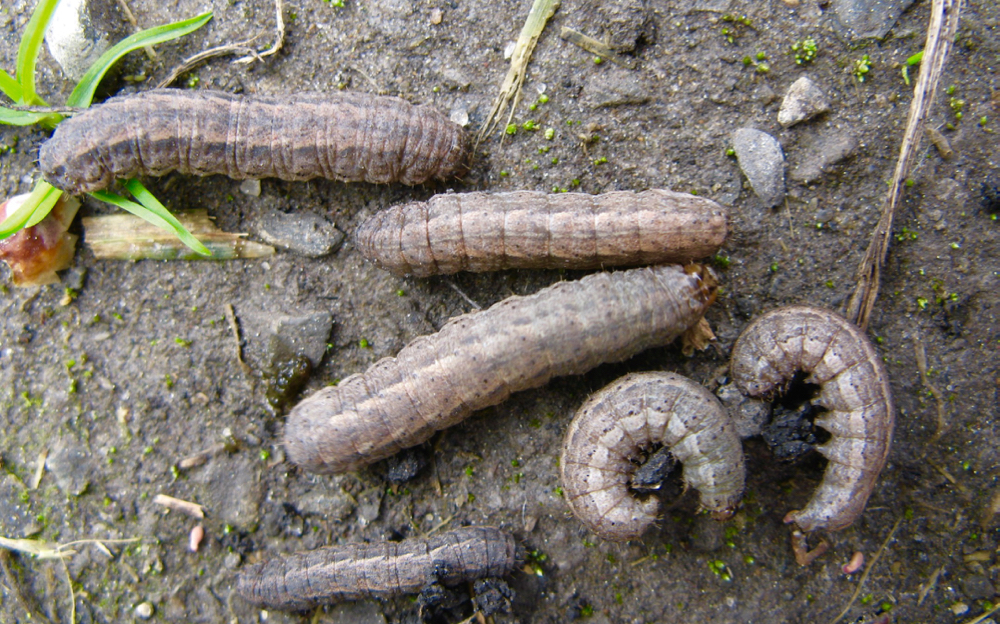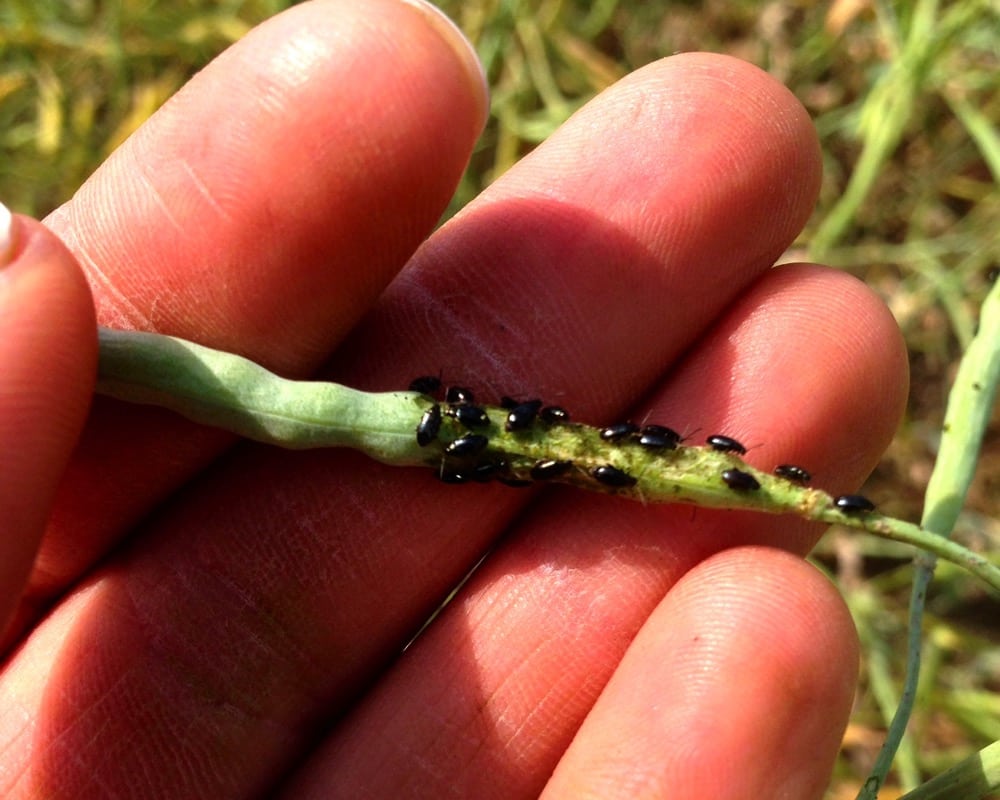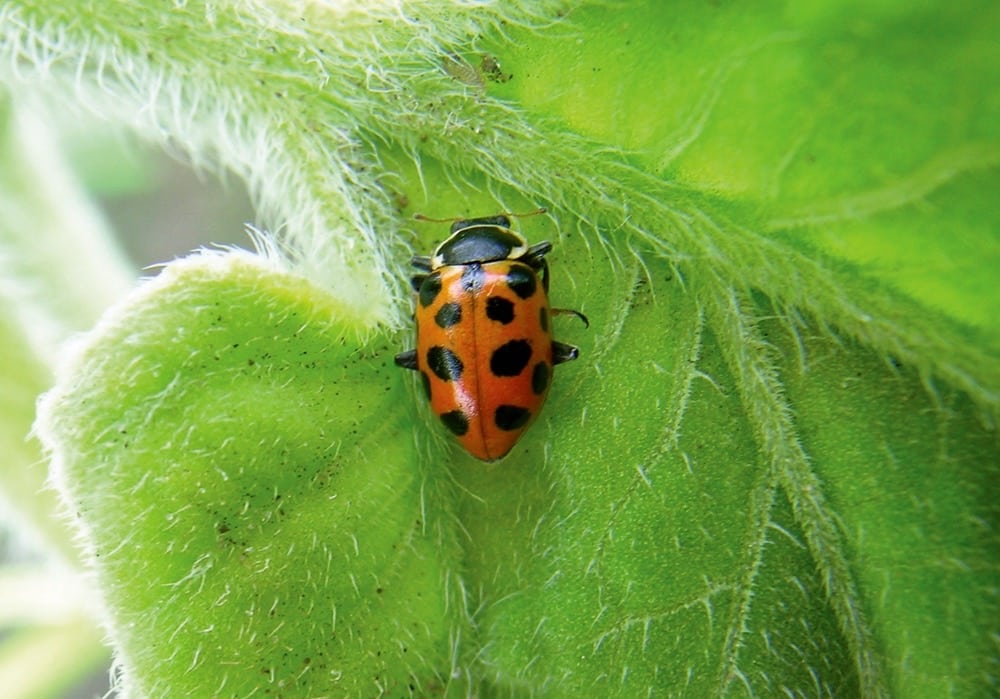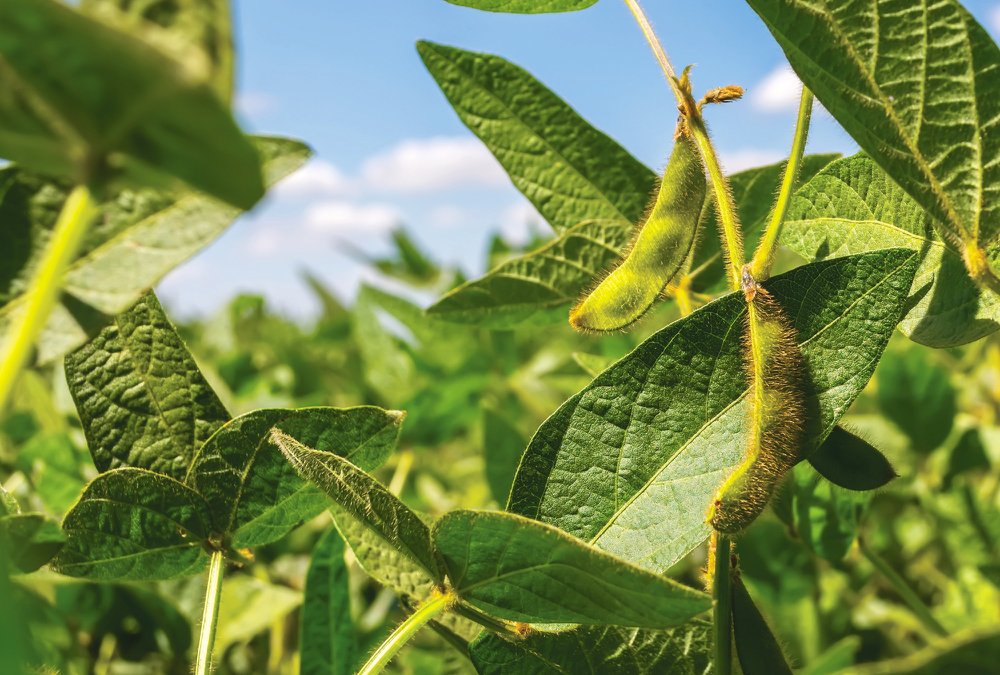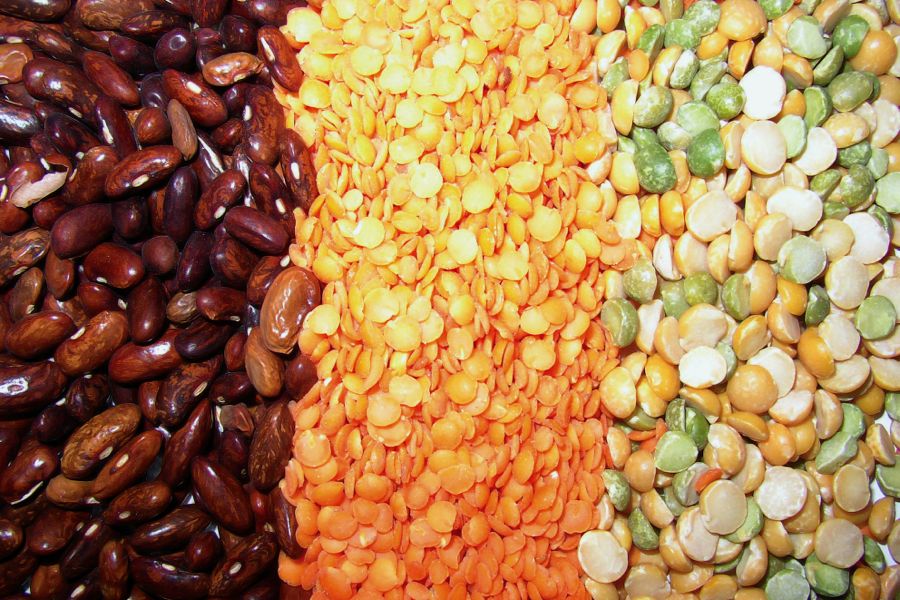This list of management methods includes some that will seem counterintuitive
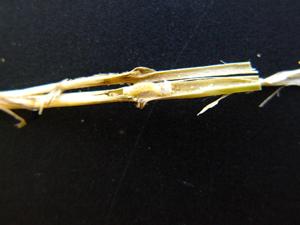
As with most pests, wheat stem sawfly populations rise and fall, depending on weather and the presence of natural predators. Economic losses arise when wheat stem sawfly larvae feed inside the stem. While some of those losses are due to decreased seed weight, much of it occurs when the stems are cut and the plant falls to the ground, making harvest virtually impossible. Alberta Agriculture and Forestry entomologist Scott Meers offers tips for managing sawfly — some of which might at first appear counterintuitive.
Thought to be native to North America, wheat stem sawfly can be found throughout the Brown Soil Zone in southern Alberta and Saskatchewan, and in southwestern Manitoba. The pest prefers spring wheat, but has recently been found in some varieties of winter wheat. Pest populations rise and fall, and this year is no different. Some areas were completely devoid of sawfly, while others saw what Meers refers to as “hot spots.”
Typically, sawfly tends to flourish in dry weather. This past year saw flare-ups in Alberta, particularly southeast of Claresholm, Alta. “It seems to be getting a little bit bigger, and there’s fairly intense damage,” said Meers. “Not crazy yet, but in the 25 to 30 per cent infestation range.”
Meers said they were seeing an increase in sawfly over a wider range this year as well. “Right now the trend for sawfly is moving up,” he said.
1. Swathing for sawfly

One of the first ways to manage for sawfly, said Meers, is to look at swathing. If every stem is infested, sawfly will cause about 15 per cent yield loss. Some of that loss can be attributed to feeding inside the stem. Some can be attributed to the stem falling over.
“Those losses can be very substantial,” said Meers.
Another management tool is to swath prior to lodging, which reduces losses from heads falling to the ground.
2. Growing non-host crops

Meers said that some growers may want to look at growing non-host trap crops, including any broadleaf crops and oats. In more infested areas, Meers says growers have already shifted away from wheat. Trap crops, like putting oats around a broadleaf crop, do work, said Meers.
“The idea there is that they will lay eggs in oats, but they won’t survive,” he said. “Rather than having them drift off to another wheat field, it keeps them in that area and then they don’t reproduce because they die out in oats.”
3. Leave more stubble

Meers has another suggestion for managing sawfly, although this one might be counterintuitive to those who struggle with the pest. He recommends leaving more stubble when harvesting. A parasitoid that attacks sawfly overwinters in wheat in the bottom portion of the stem. “The more stem you can leave at harvest time, the more survival of the parasitoid,” said Meers. “In the long run, that seems to be one of the drivers in the population.”
4. Direct seeding

Direct seeding is also recommended, as it doesn’t disturb the stubble and therefore the parasitoid that harms sawfly. “The less damage you can do to the previous year’s crop, the better,” he said. “Because the parasitoids don’t actually emerge until late June or July.”
5. Avoiding cultivation and burning

Things that don’t work include cultivation and burning. “There’s a really nice study out of Montana that shows that cultivation actually, in the long run, benefits the sawfly because the parasitoid doesn’t survive as well through cultivation as the sawfly does,” he said.
Harrowing helps some, but the same problem that arises with cultivation arises here as well. That is, harrowing seems to impact parasitoid populations more than sawfly populations.
6. Choosing the right variety

Finally, Meers suggests choosing a more tolerant wheat variety. With the modernization of Canada’s wheat classes, which takes effect August 1, 2018, 25 Canada Western Spring (CWRS) varieties and four Canada Prairie Spring Red (CPSR) varieties will move to the Canada Northern Hard Red (CNHR) class. For those dealing with sawfly, the change raises concerns. One of the varieties impacted by the modernization act is Lillian, a semi-solid stem variety that better stood up to infestations.
“The biggest concern isn’t that they can’t grow it and sell it,” said Meers. “It’s that they can’t grow it and sell it for the same price anymore. They haven’t lost it — they’ve lost it economically.”
While concerns are valid, the plan was designed with the protection of quality and consistency in mind. Additionally, new varieties are expected to come down the pipeline as soon as 2018.
Pierre Hucl, researcher at the University of Saskatchewan’s Crop Development Centre (CDC), said they already have a new wheat variety that should be a good replacement for Lillian. The new variety, CDC Adamant, meets modern quality requirements and yields 15 to 20 per cent higher than Lillian. CDC Adamant has already received support for registration and could be available as soon as 2018.




